On December 13, 2016, President Obama signed into law mental health reforms and addiction funding as part of the 21st Century Cures Act (P.L.114-255). The sweeping 21st Century Cures legislation (H.R.34, H.Con.Res.174) was passed with broad bipartisan support in both the House (392-26) and Senate (94-5).
The law incorporates a number of significant mental health reforms, plus $1 billion over two years in funding to address the opioid addiction crisis. See a summary of key mental health and substance use provisions in the law.
In a statement, NABH noted that the Cures Act “…looks to the future, and there is no future without attention to the tremendous impact of mental health and substance use disorders. These disorders affect millions of Americans of all ages, cost our economy billions of dollars in lives lost, lives interrupted, and lost productivity. Over the course of several years, both House and Senate leaders – and Republicans and Democrats alike – worked tirelessly to identify problem areas and to find potential solutions. All Americans will benefit from the advances included in the Cures Act. The creation of both an Assistant Secretary for Mental Health and Substance Use and a Chief Medical Officer will help to elevate behavioral health issues as part of overall health policy and emphasize the importance of treatment for serious behavioral health disorders. Provisions to help implement and enforce the federal mental health parity law (the Mental Health Parity and Addiction Equity Act) will include more guidance to help all stakeholders understand the requirements of the law, improved audits to ensure health plans’ compliance, and development of a federal action plan for improved federal and state enforcement coordination. We believe this improved transparency and communication will be key to ensuring that consumers benefit from the full protection of the law. Inclusion of $1 billion in funding over two years to address the opioid crisis, along with grants for critical areas such as suicide prevention, will also be critical to saving lives.”

